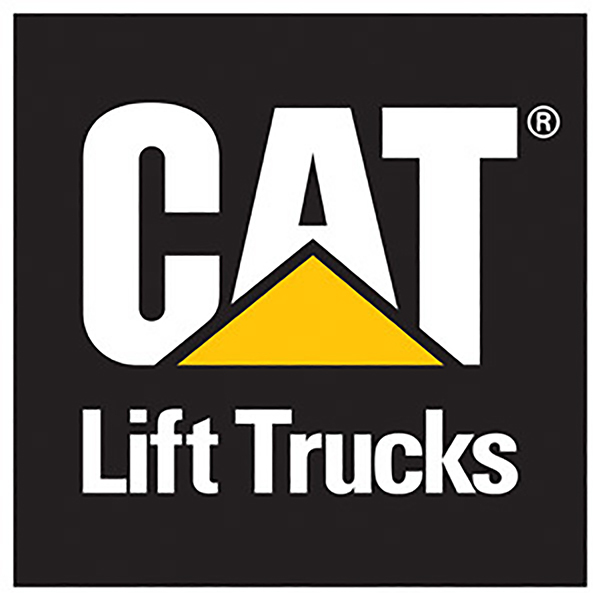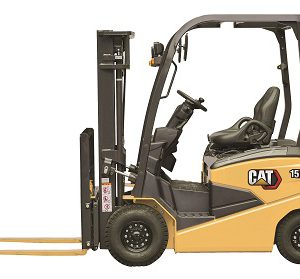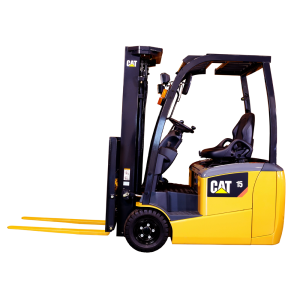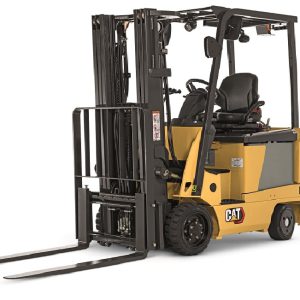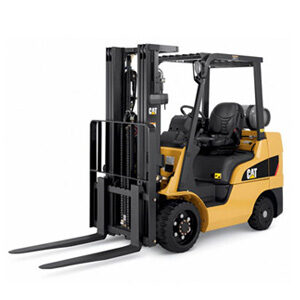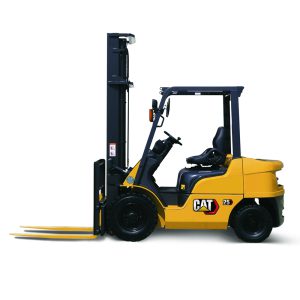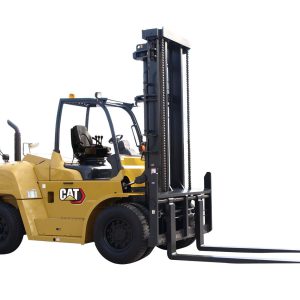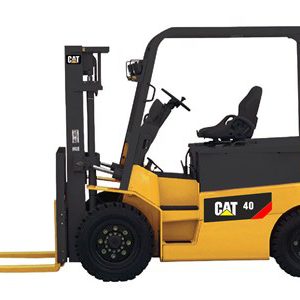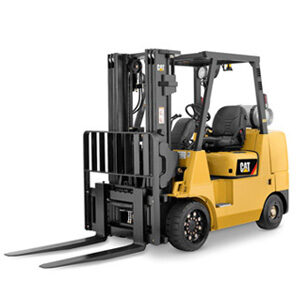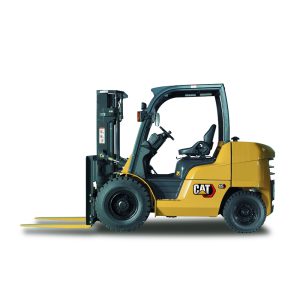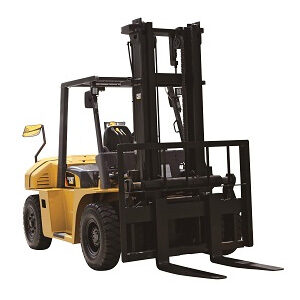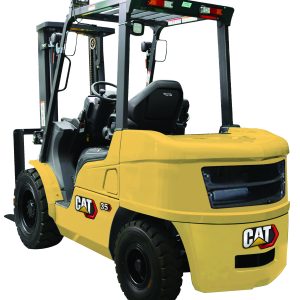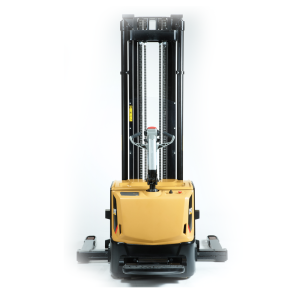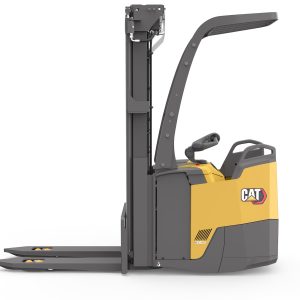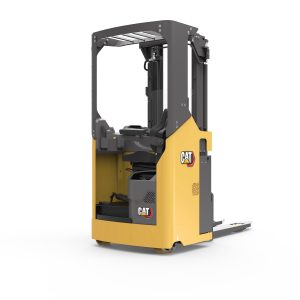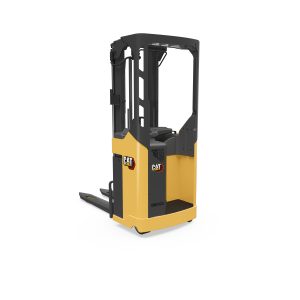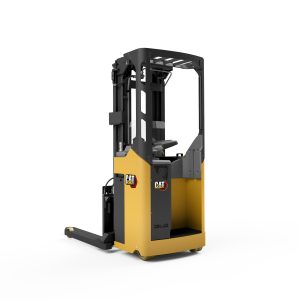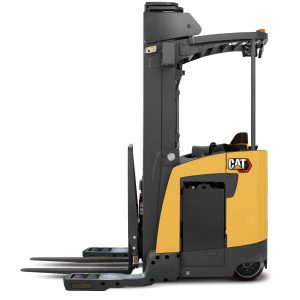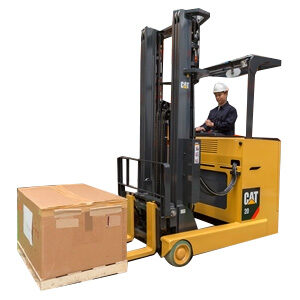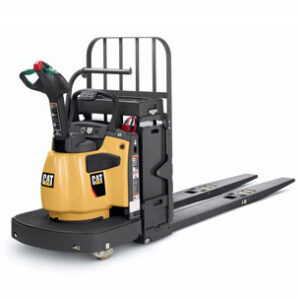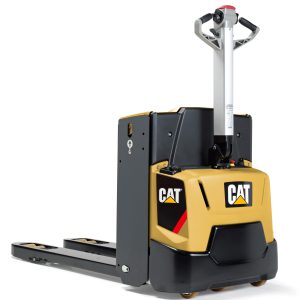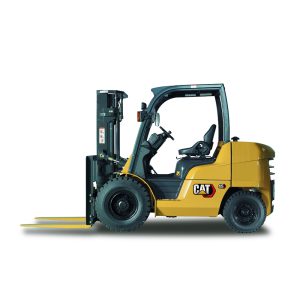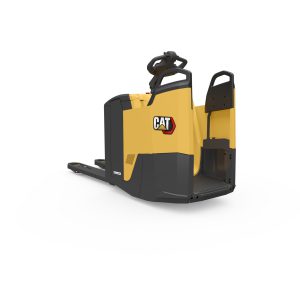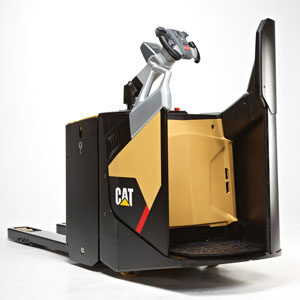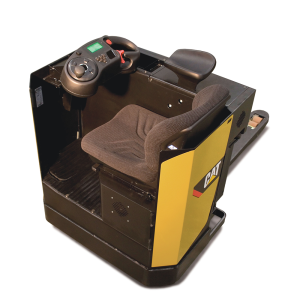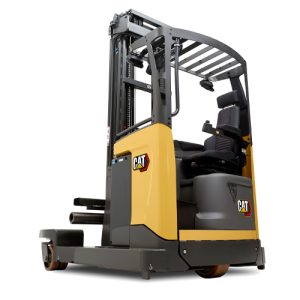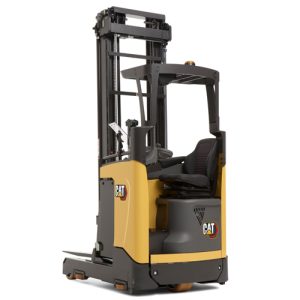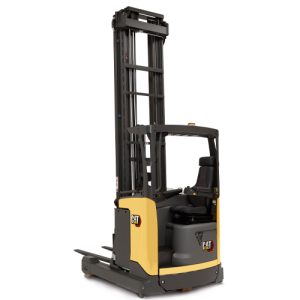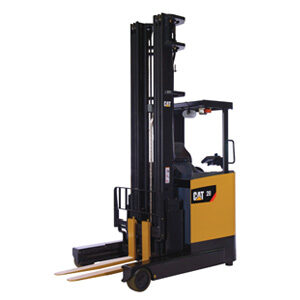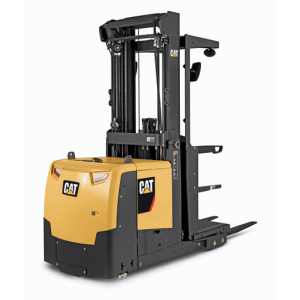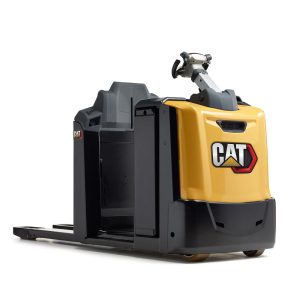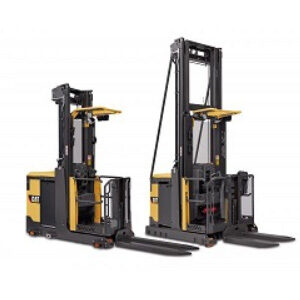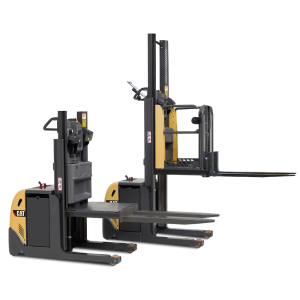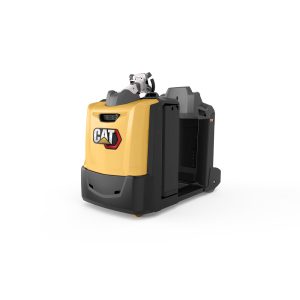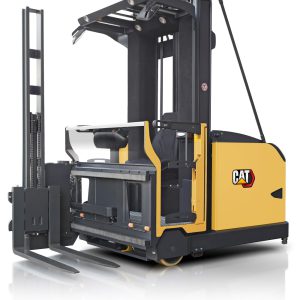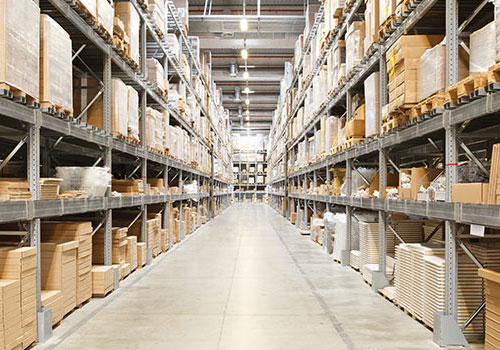
Ten top racking tips
03/12/2018
When planning the specification and layout of pallet racking, there is huge scope for bad decisions which will limit your warehouse operation’s productivity. To help Eureka readers avoid this, Mark Nicholson has asked a storage systems expert to point out some of the most common errors
Gary Kirk, SEC Storage
As Project Sales Director for UK-based warehouse solution specialist SEC Storage, Gary Kirk regularly advises on existing or planned pallet rack layouts. The following top ten tips summarise his advice on mistakes which he sees repeated time after time.
Trucks must be able to reach into the racking’s full depth and lift to the top level.
1. Allow for overhangs
“Boxed products will usually sit within the footprint of the pallet, but bagged goods like sugar, other raw foodstuffs and cement may overhang and lean,” says Gary.
The racking’s beam length, otherwise known as its clear entry or bay width, is the distance between each upright. It tells you what total width of stored items will fit into each racking space. If you specify it only according to pallet widths, it will not be wide enough for overhanging loads.
Standard beam lengths can be reduced a little when using narrower pallets, to increase the number of pallet spaces, but this is not permissible in very high racking.
2. Match your racking and lift truck
“Occasionally we see aisles which are too narrow for the forklift. More commonly, the aisle is too wide – which means the warehouse space is being used inefficiently.”
You should get your forklift truck and racking suppliers together to tailor a solution that fits perfectly. Trucks must be able to reach into the racking’s full depth and lift to the top level, with enough residual capacity for your typical loads.
3. Monitor and review
“What worked for your warehouse operation ten years ago may not work now. You should implement a continuous improvement process and consider options for reconfiguration.”
For example, one SEC Storage client using a pallet-in-pallet-out approach for its retail stores found its needs were substantially different ten years later. With the advent of e-commerce, click & collect and more SKUs (stock keeping units), it became more of a pick-and-pack operation – for which its existing racking was inefficient.
Keep an eye on trends in the market and in your business. It’s also worth building a bit of extra capacity into your racking plan, to allow for company growth.
4. Don’t over- or under-specify
“We often find people have bought over-specified racking, capable of carrying much more weight than will ever be needed. This is especially common when buying used systems and it’s a waste of money.”
The weight a pair of beams can carry is known as the Universally Distributed Load (UDL) or Safe Working Load (SWL), which is determined by the beam capacity. The heavier the beam capacity, the more the beam costs – so work out what you really need. On the other hand, under-specification of beam duty is dangerous. Overloading deflects and weakens the racking, and in time may lead to a disastrous collapse.
When considering maximum weights, don’t forget to include the weight of the pallet itself.
5. Make load limits clear
“If the lift truck operators don’t know how much weight can be safely loaded onto the racking, they may exceed the limit. Clear load notices should be placed throughout the warehouse.”
In high racking, the load notice will specify different weight limits for each height zone. In any case, if there is a large variation in in the weights of stored items, it makes sense to place the heavier loads at the bottom.
6. Train and protect
“For systems where forklift trucks interact more closely with the racks, such as drive-in and double-deep racking, think about extra driver training and/or racking protection.”
In particular, operators will often hit the base of an upright with a reach truck leg. This can cause expensive damage or, worse still, bring the racks and their loads tumbling down.
7. Raise your lowest beam
“When lifting goods out of racking from floor level in a reach truck environment, remember that you will need a bit of extra space above the pallet. This is so the pallet load can be raised up and over the truck’s reach leg without hitting the beam above.”
It means that the distance between the ground and the first beam must be at least 300 mm more than that between the other beams in the bay. Alternatively, an extra beam can be placed about 300 mm above the floor – but that adds significantly to the cost.
8. Use your building’s length
“A small number of long rows along the building’s length makes more efficient use of space than a larger number of short rows across its width.”
If necessary, you can break up long rows with cross-aisles to give workers a choice of routes. For order picking, you should plan optimum picking paths to minimise travel distances. Keep all rows in the same direction and try to avoid having any aisles that serve just one row of racking.
It’s important to use your building dimensions wisely, to maximise horizontal and vertical storage density and create the layout that works best for your space and operation.
9. Use your building’s height
“Before thinking of extending your warehouse to increase its floor space, or even moving to larger premises, make sure you are fully utilising the cube, or its ‘vertical space’.”
If your existing racking doesn’t reach to the ceiling, there may be scope for extending it upwards or installing a new and higher system. It can be profiled to match the roof shape, so full use is made of the space available. You may have to invest in specialised materials handling equipment to go with it, but it could well be the most cost-effective option for expansion.
10. Leave space for receiving and shipping
“Activities in the receiving area need plenty of space if they are to be carried out efficiently. Any inefficiencies or errors there will affect the whole warehouse operation, creating a bottleneck. Make sure shipping and receiving areas are well separated, to prevent mix-ups.”
As well has holding newly arrived stock, the receiving area is used for tasks like counting, inspecting and labelling. A cramped space slows down these processes and increases the risk of mistakes. If received goods and items for shipment overlap, problems are multiplied.
We hope these tips will get you thinking, but you should always ask a racking specialist to carry out a warehouse storage appraisal before making changes.
SEC Storage – www.sec-storage.co.uk – will do this free of charge and there are many other experts throughout Europe who will be happy to advise.

